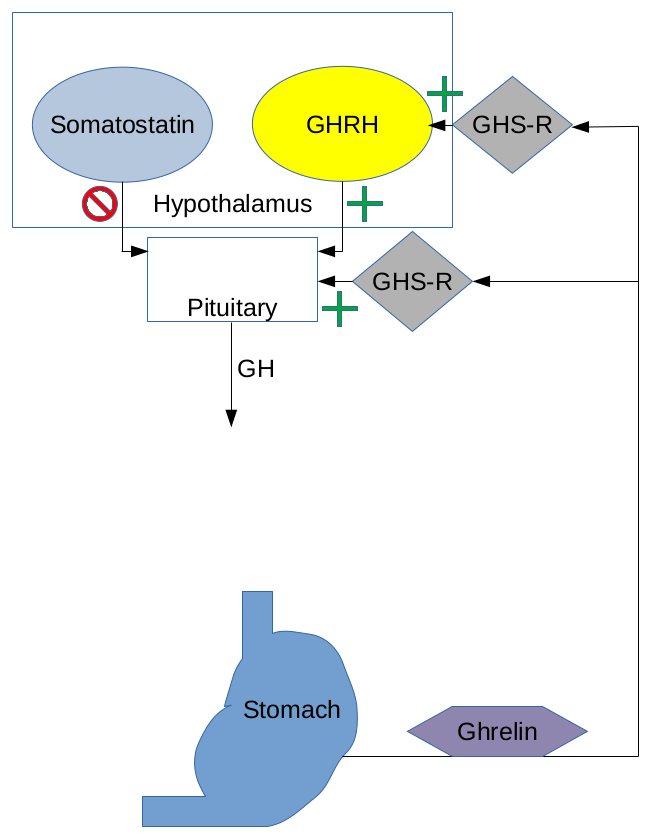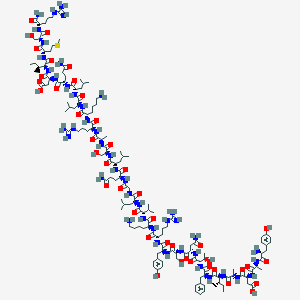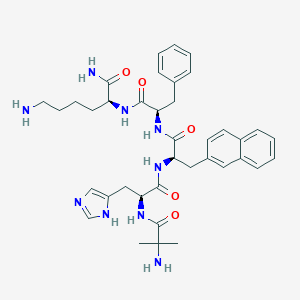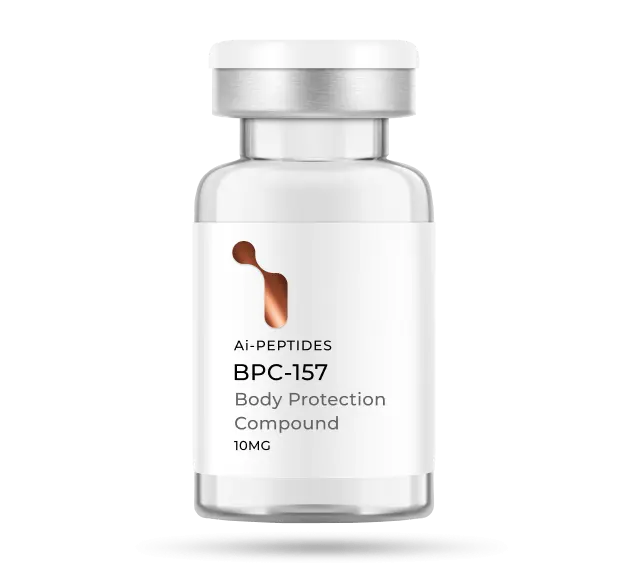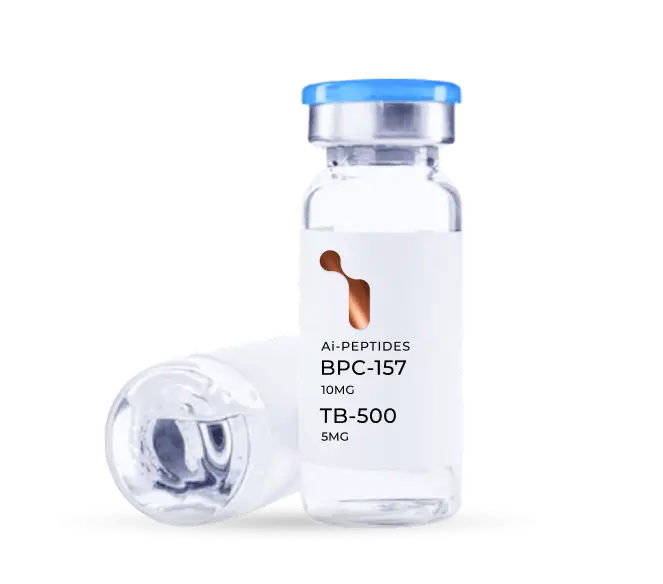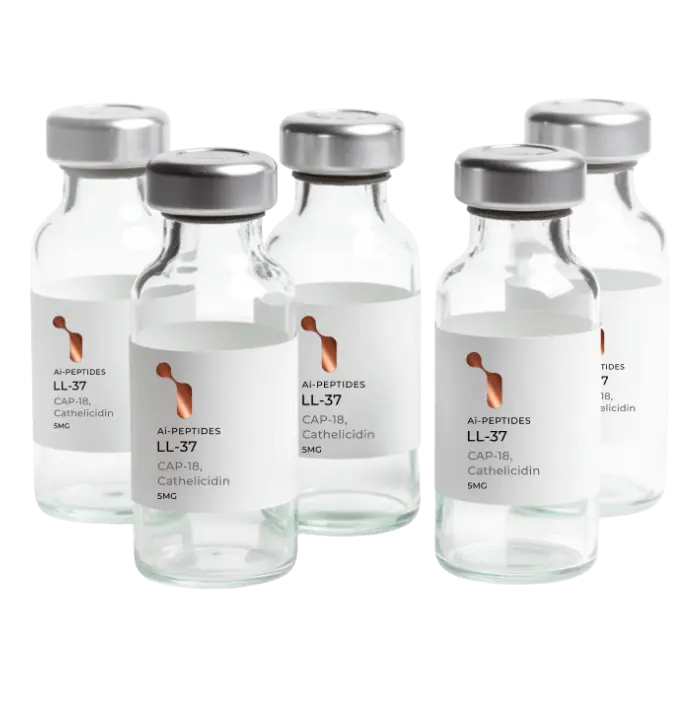Ipamorelin and CJC-1295 are amongst the most heavily researched growth hormone secretagogues. While ipamorelin acts at the ghrelin receptor, CJC-1295 acts at the growth hormone releasing hormone (GHRH) receptor. This fact alone makes the combination of these peptides popular in research investigating how both high and widened growth hormone (GH) peaks might work synergistically to produce enhanced effects while limiting side effects. Fortunately, the Ipamorelin/CJC-1295 cost point remains low because both peptides are well established and therefore affordable.
Ipamorelin/CJC-1295 Cost
There are two ways to look at the Ipamorelin/CJC-1295 cost paradigm. On the one hand, using two GH secretagogues together may seem like some to be overkill. After all, both will cause relatively physiologic increases in GH levels to increase muscle and bone mass while decreasing fat mass. It would seem that money can be conserved by simply choosing either the highly specific ipamorelin with its enhanced bone benefits or the equally selective CJC-1295 with its long half-life.
On the other hand, however, is the argument that Ipamorelin/CJC-1295 cost, even when both peptides are combined, is both affordable in and of itself, but almost a steal when the effects of the two peptides are combined. After all, while CJC-1295 causes enhanced peaks when used alone, it can cause both doubly enhanced peaks and higher troughs as a result of a higher baseline when used with ipamorelin[1]. In other words, the peptides work together to drastically elevate GH levels into a stratosphere that cannot be achieved, even with large doses, when using the two peptides alone. Thus, if the goal is to study the benefits of vastly enhanced growth hormone secretion, the cheapest and only way to get it is with the Ipamorelin/CJC-1295 combination.
